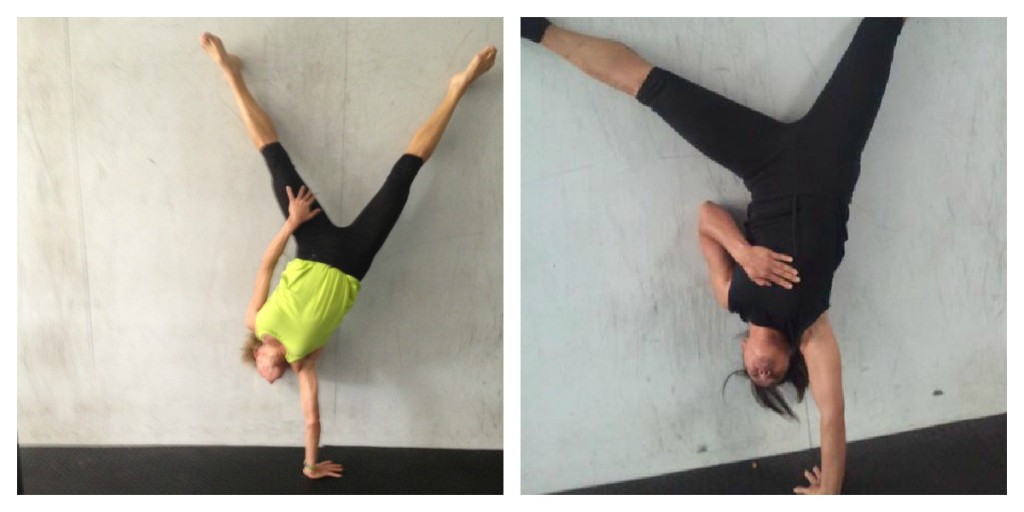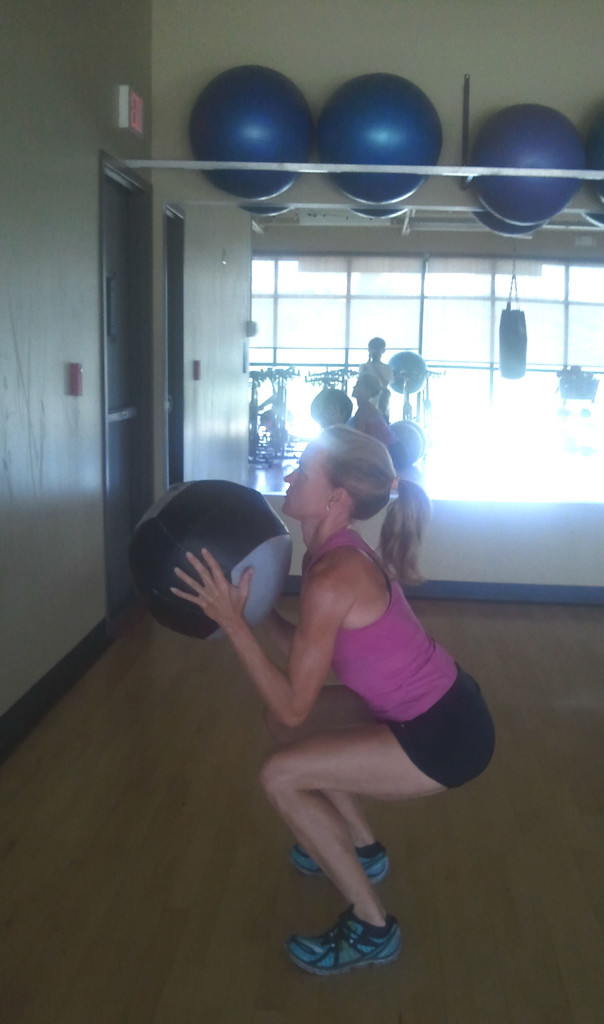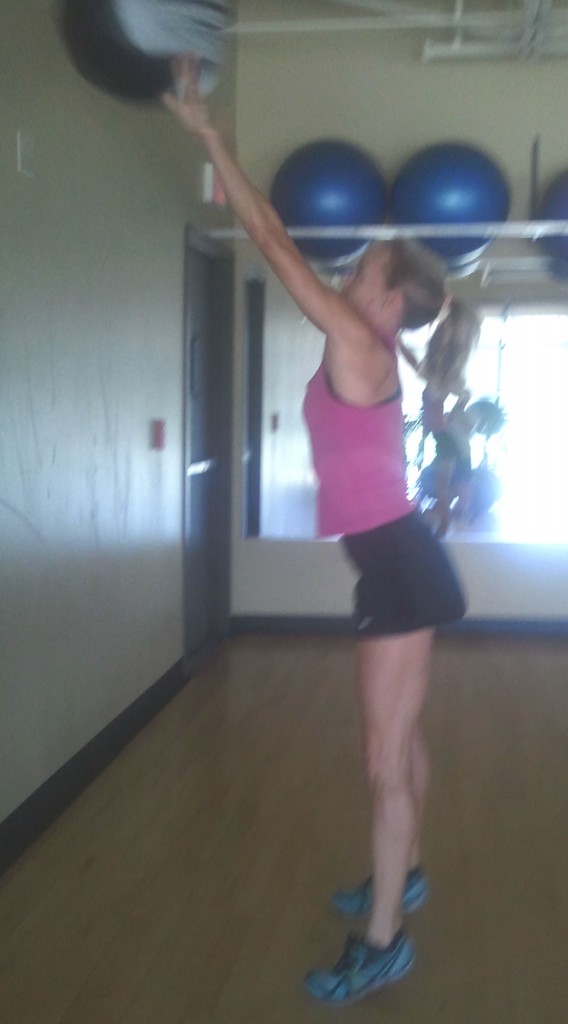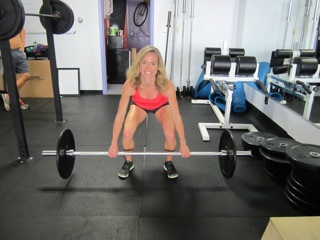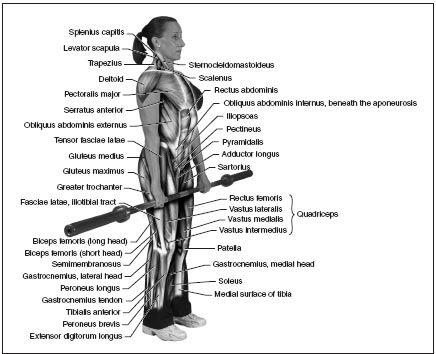Yesterday I got schooled on sideshow tricks and such at a CrossFit Gymastics Seminar hosted at Fit and Fearless CrossFit in Austin. Teaching us mere mortals these super-human skills was the intrepid and, might I add, impressively-strong-but-not-hulkishly-muscular, Matthew Willis from Texas Parkour. Apparently he knows his stuff, even trained with the super agile Carl Paoli of Gymnastics WOD. I noticed that Matthew has this quote on his Facebook page, it’s a good one to keep in mind when you’re 45 like me and trying gymnastics again after 30 years —
“It’s not how many times you fall, but how many times you get back up that really matters.”
After warming up, our first challenge of the day was Diving Monkey Push Up (aka Parkour Pushup). Seriously, when I heard the name, I wasn’t so sure this was for me and honestly, for my scrappy arms, it was one of the hardest moves of the day – my triceps were already killing me going into it. The move is like a kipping push up and is supposed to be performed in a fluid manner, to the chopping start and stopping I found myself doing. I’ll have to practice this all month until I have it down, but check out Valerie and Matthew working the progression:
Next, we took a little crash reminder course in the importance of keeping a Hollow Body position for many of the upcoming tricks. You have to master this “core” concept before you can move onto many of the more complex skills like kipping pull-ups and muscle-ups. Watch how the demonstrator in the video below gets proper form by tucking head up slightly, rounding back so shoulder blades are off the ground, abs and glutes are engaged tightly, and legs are squeezed together all the way together down to the toes – now rock it!
We took this hollow body skill off the floor and practiced it on the bar in preparation for kipping pull-ups. Since I’ve already got this pull up skill down for the most part, I did appreciate the tips on releasing grip and re-catching grip on the upswing. Watch below I’m hanging on to my last few kipping pull-ups on quivering arms after a long morning of hard work. Video is sideways and I can’t figure out how to flip it, go figure.
On to handstands, my main takeaway was to remember to keep my hands pointed forward for better balance and to engage shoulders and core as much as possible. Also, we practiced a front roll out as a graceful way to get out of the handstand pose if we kicked over too much. Maybe not so graceful for me; I used to be able to flip around, walk on my hands, and all sorts of stuff – now I’m just freaked out about hurting my neck and back. But, I’m not saying I can’t do it; that would mean a 10 burpee punishment!
Finally, we showed off with our favorite tricks like one-armed handstands (holla), walking on hands, kipping handstand push-ups and more. The only thing we didn’t get to practice was a skill I’ve been trying to master for six months – the muscle up.

